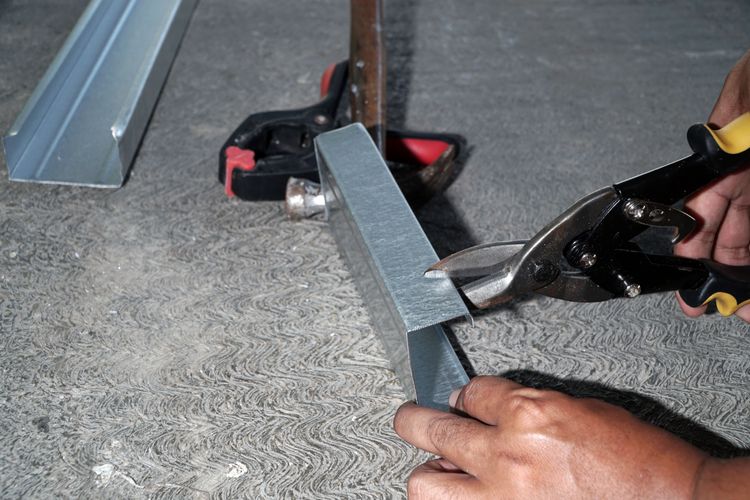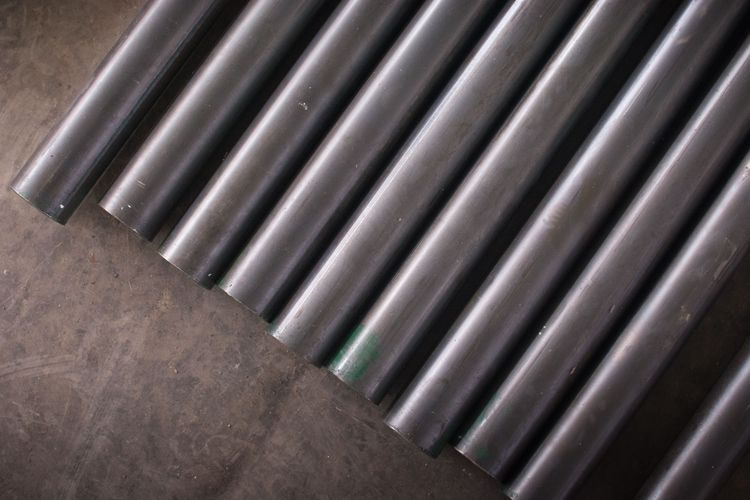Mild steel is a type of low-carbon steel that contains a small percentage of carbon (between 0.05 - 0.25%) to enhance the properties of pure iron. Mild steel is available in many grades. Depending on the requirement of the steel, the carbon content varies. However, their carbon contents are all within the range mentioned above. Additional components are added to enhance beneficial qualities like corrosion resistance, wear resistance, and tensile strength.
Some of the most popular mild steel grades are: -
EN 1.0301 - This steel grade has a 0.1% carbon content, a 0.4% manganese content, a 0.4% silicon content, and other components that all contribute to the steel's good weldability. Because of these characteristics, EN 1.0301 is frequently used to make furniture, appliances, and automobile components.
EN 1.1121 - This low-carbon steel grade has an average manganese content of 0.45% and about 0.1% carbon, giving it an extraordinarily high ductility that makes it useful for various projects.
EN 1.0402 – This grade of steel is especially suited for carburised parts. It has a good balance between ductility, strength, toughness, and excellent weldability. Its manganese level ranges from 0.3% to 0.6%, and its carbon content ranges from 0.18% to 0.23%. It is not as frequently used as EN 1.1121, but it has excellent machinability in its as-forged state.
How is mild steel made?









 +91 7208055523
+91 7208055523
 Help & support
Help & support
